
Introduction
As a major trading economy, India controls imports of a variety of goods under the Foreign Trade Policy (FTP). The majority of goods are freely importable, while others come under the definition of "Restricted," meaning that they require advance government permission. Such permission comes in the form of an Restricted import license in India.
What is a Restricted Import License?
An import permit is a license issued by the government to facilitate importers to import restricted commodities into India legally. The permit ensures that the importation of certain goods does not compromise national security, public safety, the environment, or domestic industry.
For importers, knowledge and holding the correct import permit is essential to avoid shipment delay, fines, or confiscation at ports.
Types of Import Categories in India
According to India's Foreign Trade Policy, the imported articles are categorized as:
1. Free: Import license not required.
2. Restricted: Restricted import license from DGFT is necessary.
3. Prohibited: Cannot be imported.
In case your product falls in the restricted category, then it will be required to get a restricted import license in India.
What is a Restricted Import License in India?
A restricted import license is issued in India for goods which cannot be imported freely. These may include:
- Used machinery
- Drones
- Firearms and ammunition
- Second-hand electronics
- Hazardous chemicals
- Regulatory controlled medical devices
- Industrial waste recycling and e-waste
- Tyres
Illegal importation of these goods without an import license India can lead to confiscation or legal action by Indian customs authorities.
Who Needs an Import License in India?
You need an import license if:
- You are importing restricted goods to India
- You are importing second-hand or reconditioned equipment
- Your product falls under controlled imports such as hazardous materials or eco-friendly items
- The product requires clearance from different ministries such as MoEF, MoH&FW, or Defence Ministry
If your product falls under the restricted list of the ITC (HS) classification, you will be required to get an import license before shipping.
How we can Check if a Product is Restricted?
To check if the product requires an import license, look at the following:
- Product's ITC (HS) Code
- Check the DGFT's Import Policy for such an HS Code
- If it is listed as "Restricted," an import license is required
This is an important step prior to importing from foreign suppliers.
Import License Application Process in India
The import license India process is segmented into various steps:
Step 1: Register on the DGFT Portal
Company need to Register the business on the DGFT portal by IEC (Import Export Code), PAN, and mobile number.
Step 2: Check Product Policy
Check the ITC HS Code of your product and confirm that it falls under the Restricted category.
Step 3: Online draft Application
Prepare the application in ANF-2M Form along with supporting documents.
Step 4: Online Application Submission
Log in to the DGFT portal and upload supporting documents and submit the application for an import license.
Step 5: Department Review
Your application is verified by DGFT and forwarded to respective ministries (if required) for clearance.
Step 6: License Issuance
You are issued a digitally signed import license, which is often valid for 18 months.
Documents Required to Obtain Import License in India
For filing an import license, you need to submit:
- IEC (Import Export Code) Certificate
- Company PAN Card
- GST Registration Certificate
- Covering Letter with reason why the import is being carried out
- Product catalogue
- Technical literature (if applicable)
- Certificate of Chartered Engineer (in the case of second-hand goods)
- Copy of Pollution NOC (in the case of e-waste or hazardous items)
- The specific clearance from the respective ministry, if required
All the import license applications are technically and policy-wise scrutinized by the authorities.
Duration to Obtain an Import License
The time taken to process an import license in India can range between 0 and 6 months based on the type of product and if any approvals from the concerned ministry are needed. When inter-ministerial clearance is involved, the process will be longer.
Validity of Restricted Import License in India
The validity of the Restricted Imports License for imports is 18 months from the date of issuance of the License.
Typical Mistakes of Importers
1. Forgetting import policy check before purchase
2. Wrong HS Code classification
3. Submission of incomplete documents
4. Late submission causing delay in shipping
5. Technical reasons for the product not provided
How SKMC Global Can Assist
Our organization offers full assistance in acquiring your restricted import license in India for restricted items. How we help:
- Product Classification
We categorize your product under the appropriate ITC HS Code and identify the import policy.
- License Eligibility Check
We ensure whether an import license is required or not as per DGFT policies.
- Complete Documentation
Our experts help you draft a well-typed application with appropriate documents, reducing the risk of rejection.
- Filing on DGFT Portal
We handle the entire online process of your import license India, including correspondence with ministries when required.
- Fast-Track Approvals
Leaning on extensive knowledge of departmental mechanisms, we ensure quick issue of license and avoid unnecessary delays.
Conclusion
Import license for restricted goods in India is a governed and mandatory process. For Importing the goods Importers need to analyze the category of their product, provide valid documents, and communicate with DGFT and other concerned ministries. Ignoring this will result in delayed shipments, fines, or confiscation.
With over a decade of experience in the industry, SKMC Global is your one-stop facilitator for obtaining Restricted import license India for any type of restricted goods. We possess a trained team that ensures compliance, quick turnaround time, and end-to-end support at every step of the process.
We will guide you through the complex procedure of getting your import license economically and professionally.
FREQUENTLY ASKED QUESTIONS
Primarily, there is one important type of import license for restricted goods, and it is the restricted import license in India. The form and conditions of the permit can vary depending on the commodity and intention.
No, only the goods that are classified under "Restricted" in the ITC (HS) Code require an import license. Imports under "Free" can be made without a license.
The validity of the Restricted Imports License for imports is 18 months from the date of issuance of the License. Importers are required to ensure completion of shipments within the validity period of the license.
Yes. You can submit amendment of license through the DGFT portal in the event of any change in product specifications, quantity, import port, or other such vital details. The amendment application must be supported by valid documents and reason.
In case of amending an already issued import license, you typically need:
-Original license copy
-Covering letter stating the reason for amendment
-Documents in favor (e.g., modified purchase order, technical reason, etc.)
-Any ministry clearance (if needed)
No, Import Export Code Certificate (IEC) is mandatory to submit any import licence India. Without IEC, DGFT won't accept your application.
Importation of prohibited goods in contravention of the requirement of an import license is prohibited under the Foreign Trade (Development & Regulation) Act.
Recent Posts
-
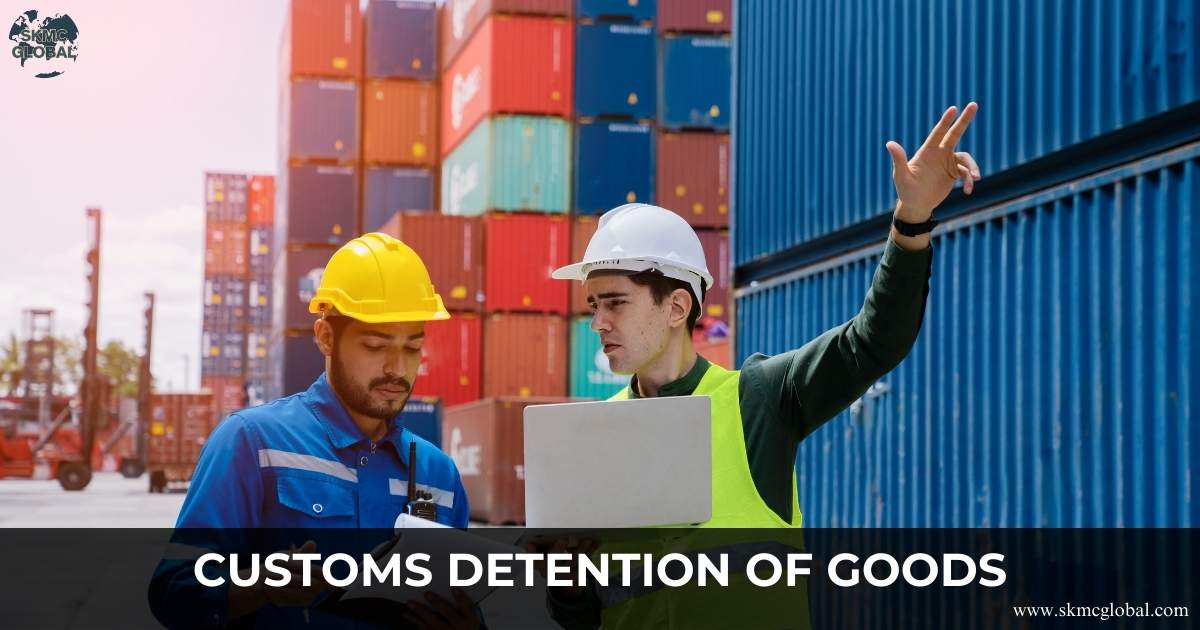 Customs Detention of Goods: How It Works, Demurrag...
Dec 16,2025
Customs Detention of Goods: How It Works, Demurrag...
Dec 16,2025
-
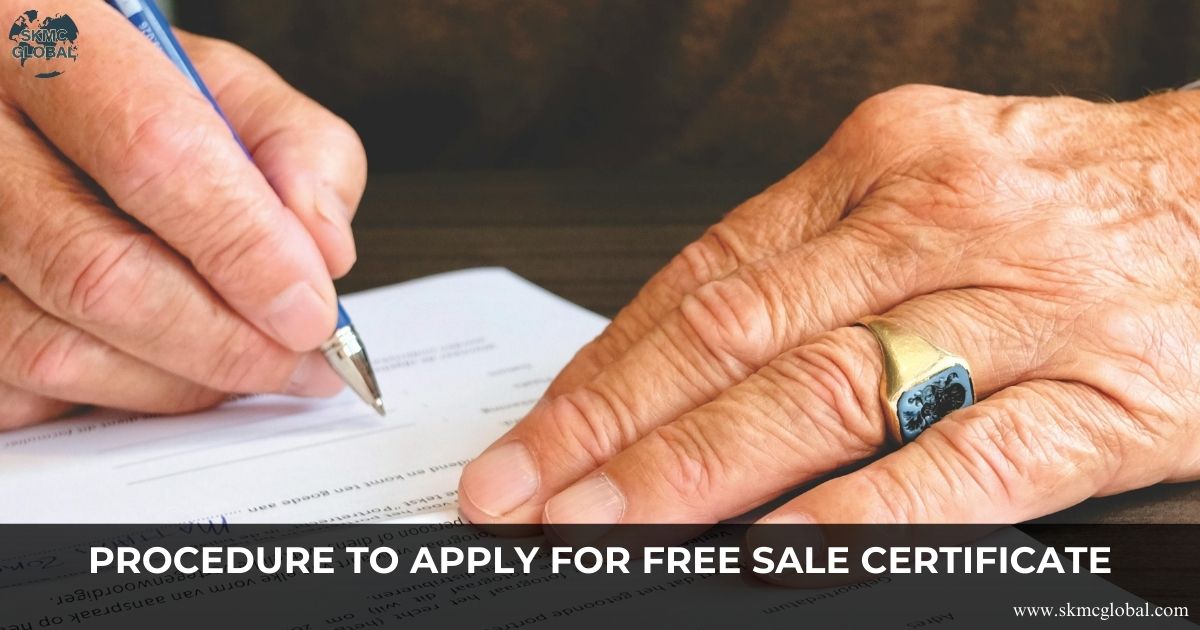 Procedure to Apply for Free Sale Certificate...
Dec 05,2025
Procedure to Apply for Free Sale Certificate...
Dec 05,2025
-
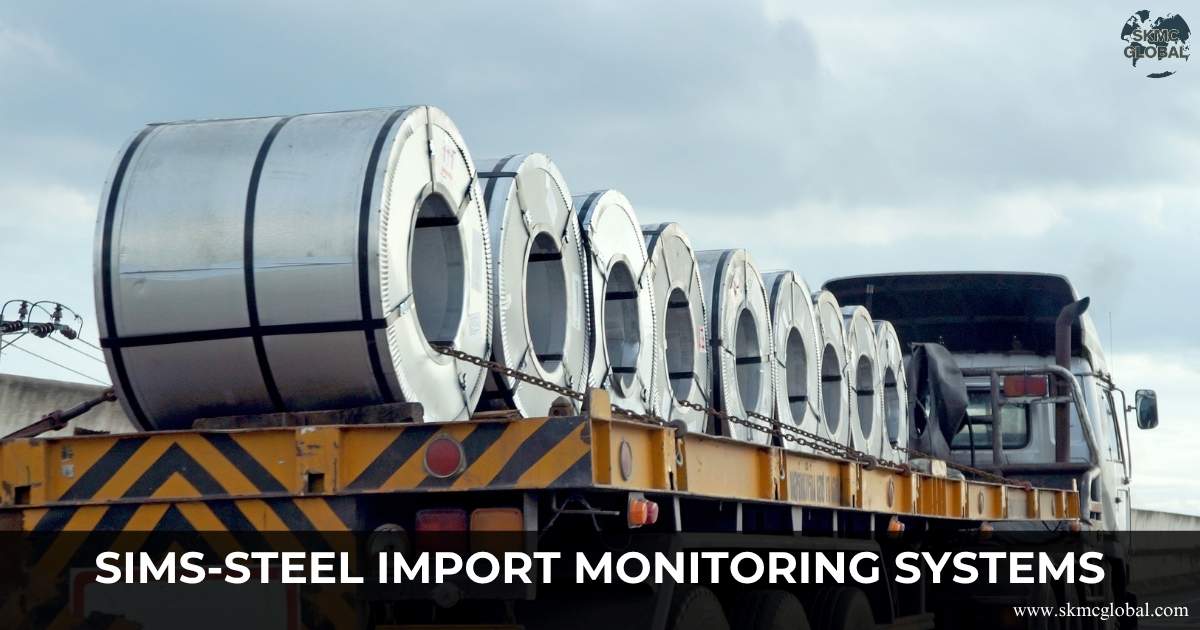 What is SIMS and When It Is Required?...
Nov 10,2025
What is SIMS and When It Is Required?...
Nov 10,2025
-
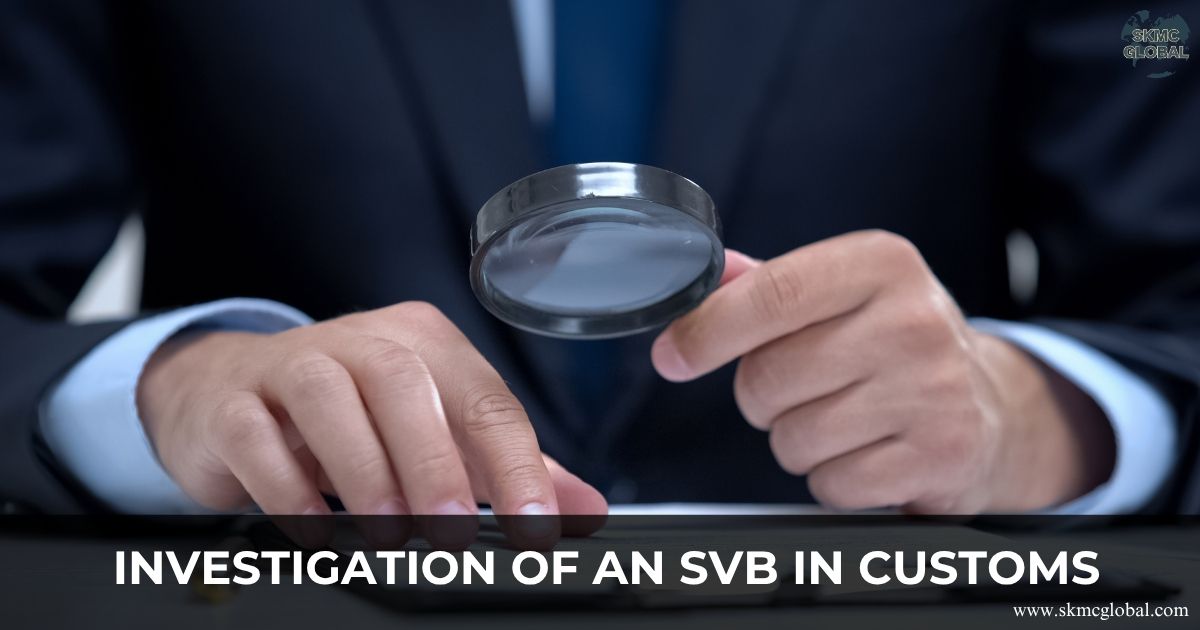 What if your SVB investigation does not satisfy cu...
Nov 04,2025
What if your SVB investigation does not satisfy cu...
Nov 04,2025
-
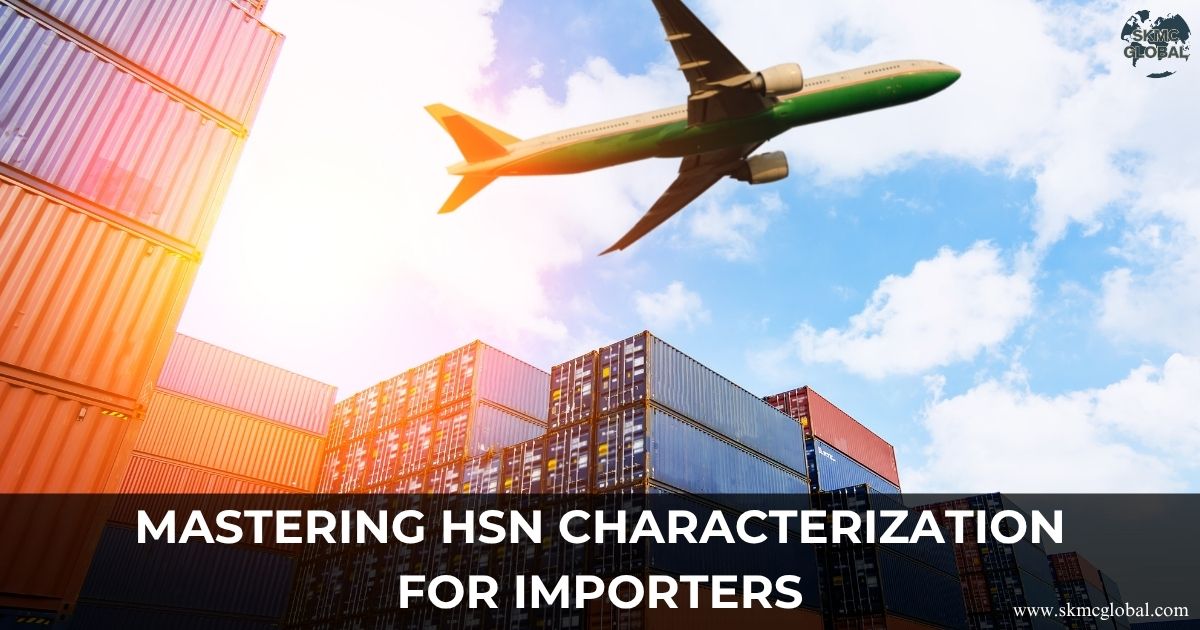 Mastering HSN Characterization for Importers...
Oct 29,2025
Mastering HSN Characterization for Importers...
Oct 29,2025
-
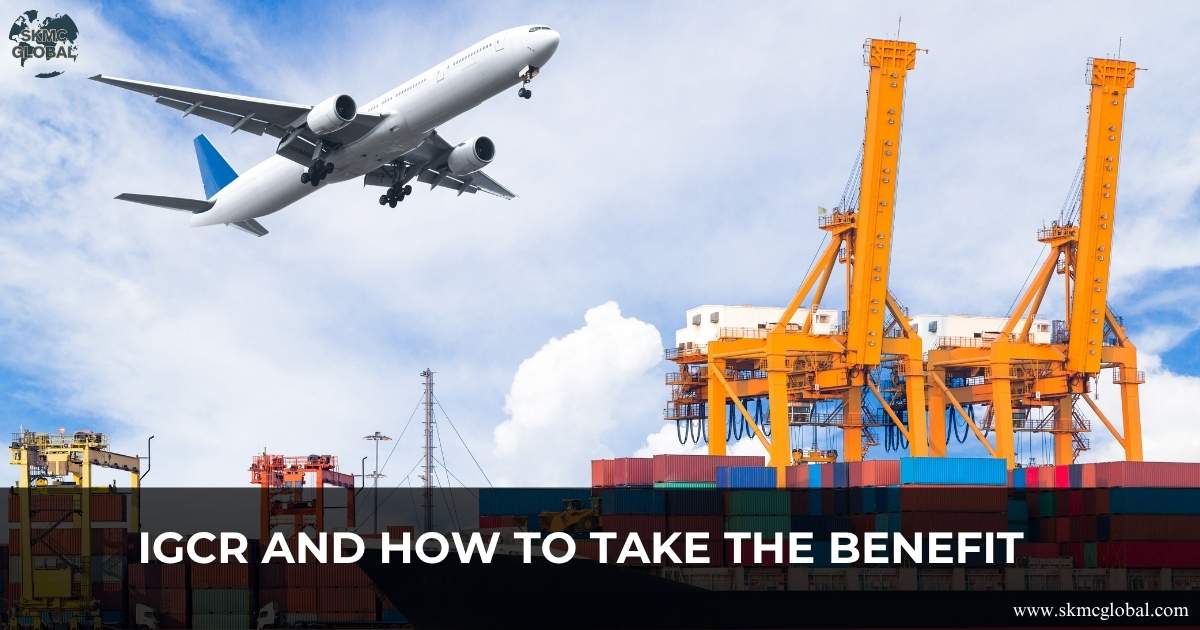 What is IGCR and How to Take the Benefit?...
Oct 18,2025
What is IGCR and How to Take the Benefit?...
Oct 18,2025
-
 What is CAROTAR and Its Impact on Industry?...
Oct 15,2025
What is CAROTAR and Its Impact on Industry?...
Oct 15,2025
-
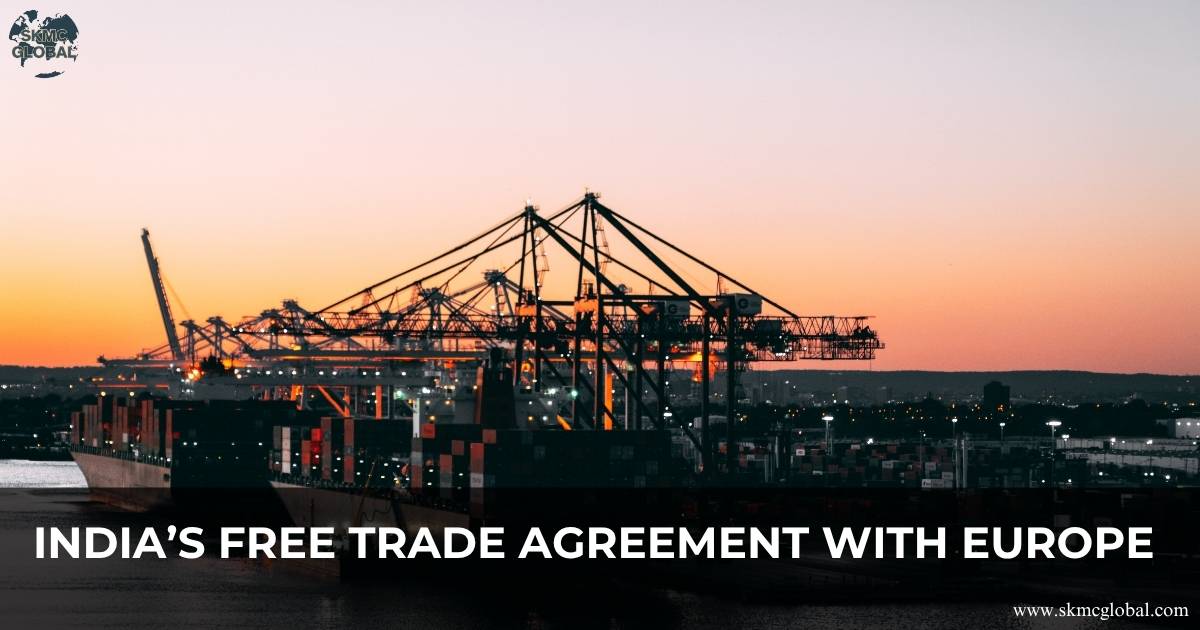 India’s Free Trade Agreement with Europe ...
Oct 14,2025
India’s Free Trade Agreement with Europe ...
Oct 14,2025
-
 Comprehensive Economic Partnership Agreement of In...
Oct 13,2025
Comprehensive Economic Partnership Agreement of In...
Oct 13,2025
-
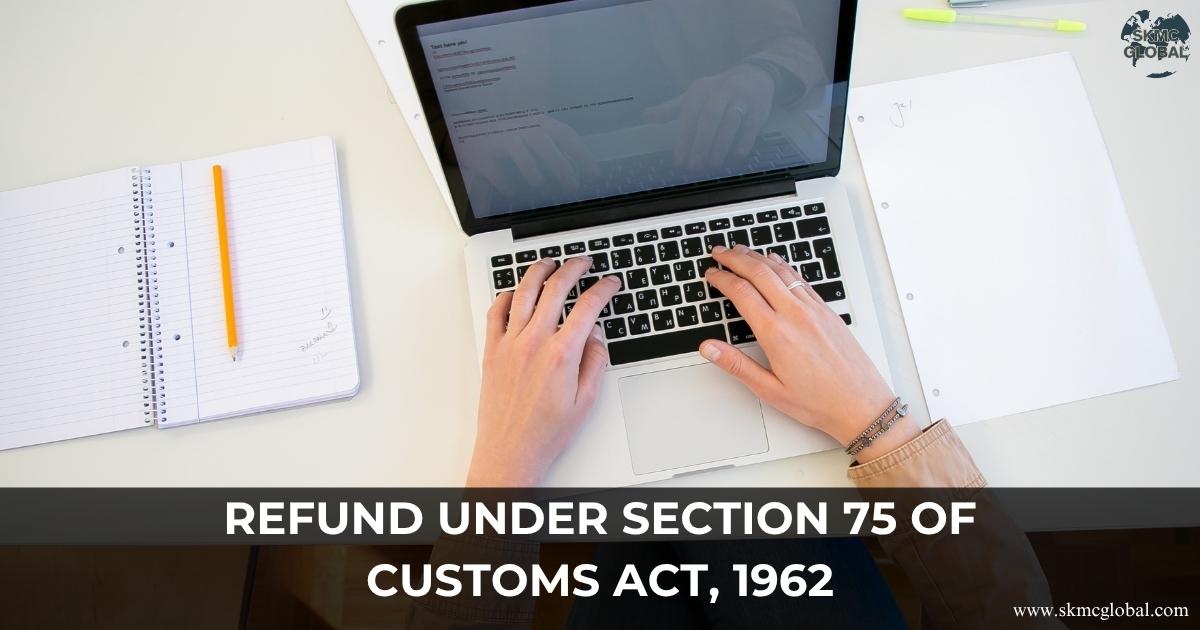 Refund under Section 75 of Customs Act, 1962...
Oct 11,2025
Refund under Section 75 of Customs Act, 1962...
Oct 11,2025
-
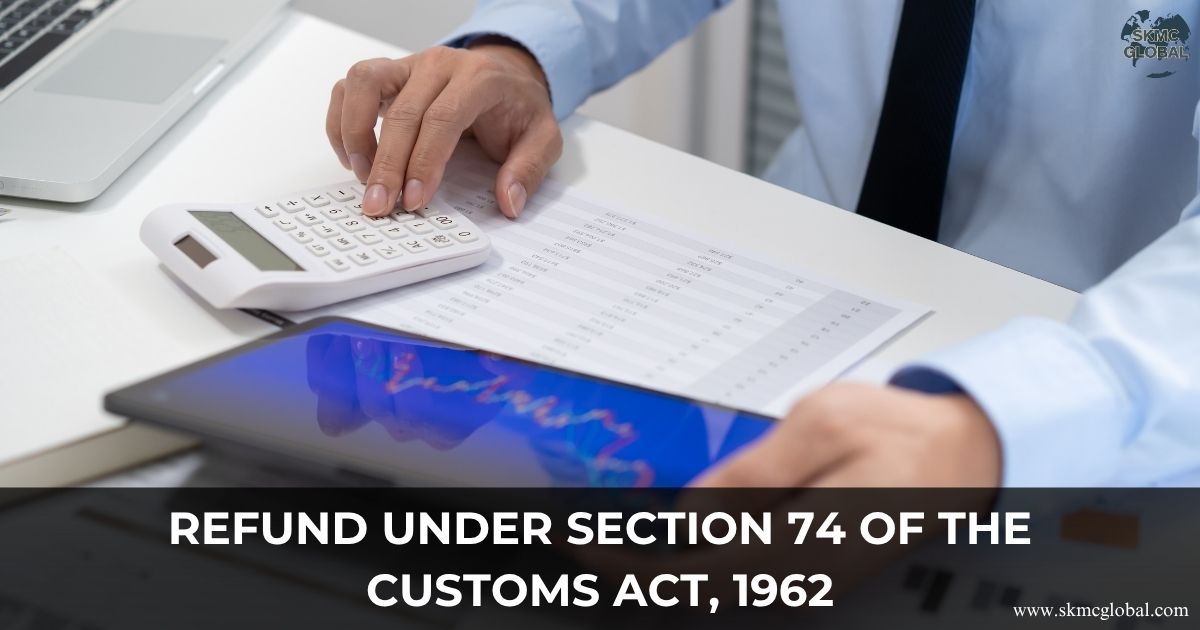 Refund under Section 74 of the Customs Act, 1962...
Oct 10,2025
Refund under Section 74 of the Customs Act, 1962...
Oct 10,2025
-
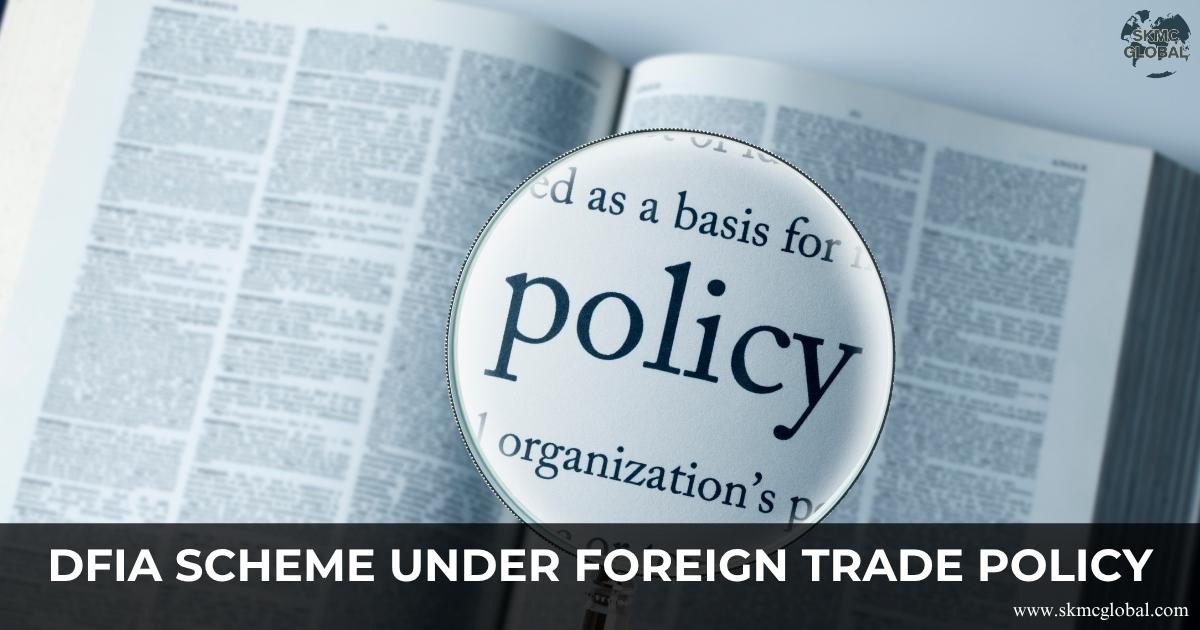 All About DFIA Scheme under Foreign Trade Policy...
Oct 07,2025
All About DFIA Scheme under Foreign Trade Policy...
Oct 07,2025
-
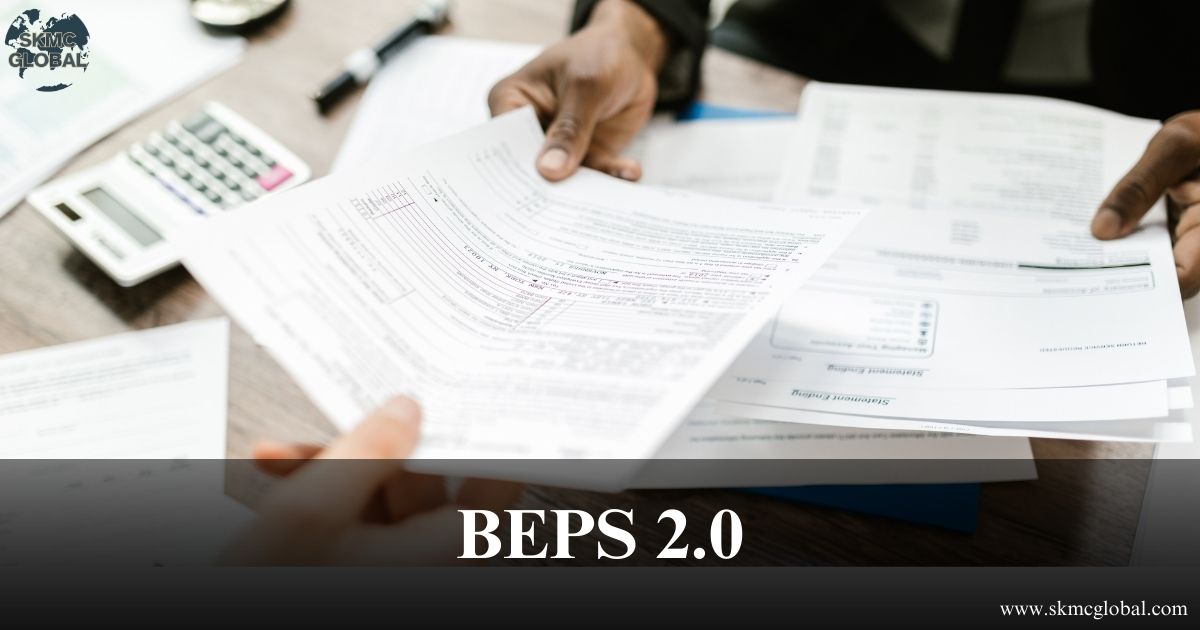 Navigating BEPS 2.0: Pillar One & Pillar Two in Tr...
Aug 16,2025
Navigating BEPS 2.0: Pillar One & Pillar Two in Tr...
Aug 16,2025
-
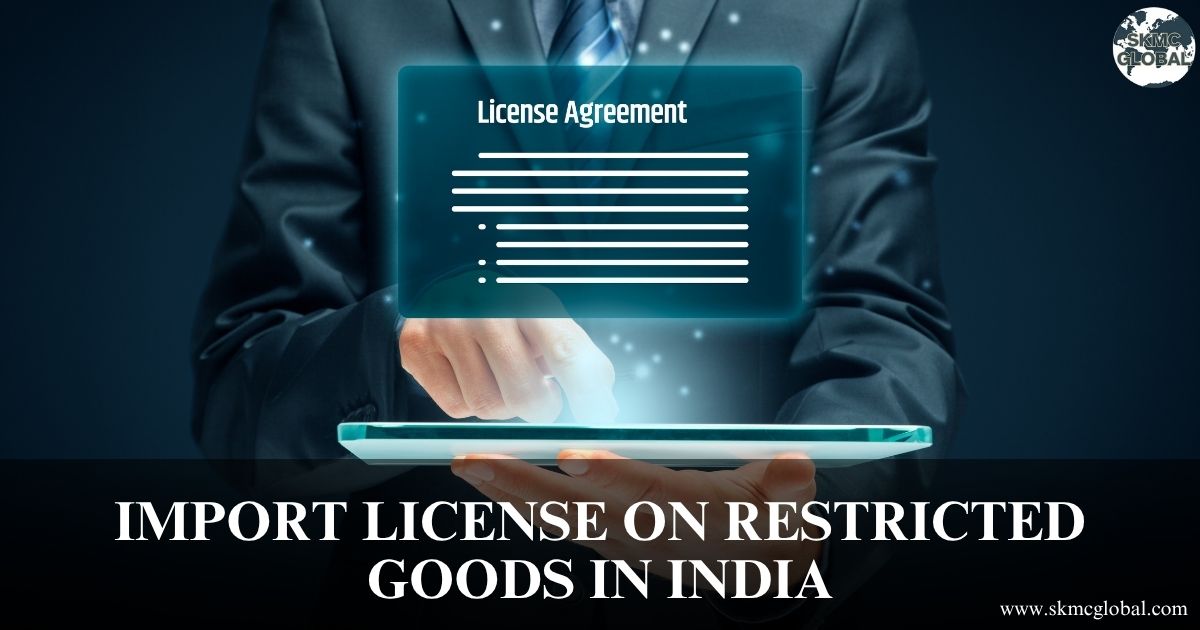 Import license on restricted goods in india...
Aug 07,2025
Import license on restricted goods in india...
Aug 07,2025
-
 Procedure to take ICEGATE Registration...
Aug 06,2025
Procedure to take ICEGATE Registration...
Aug 06,2025
-
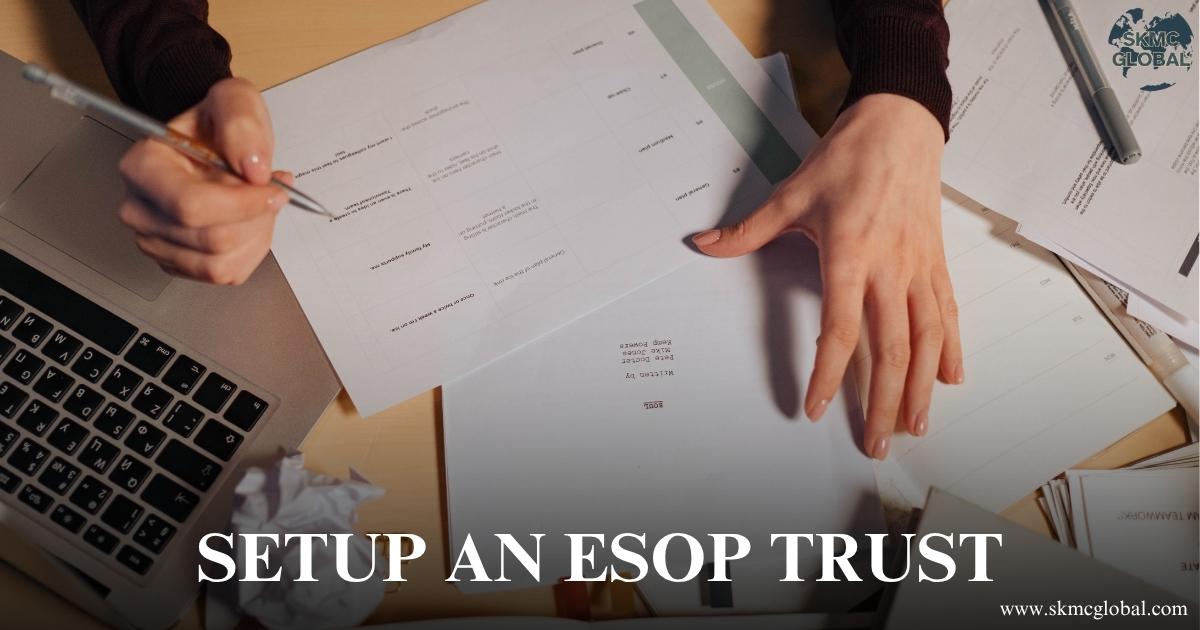 Procedure to setup an ESOP Trust...
Aug 01,2025
Procedure to setup an ESOP Trust...
Aug 01,2025
-
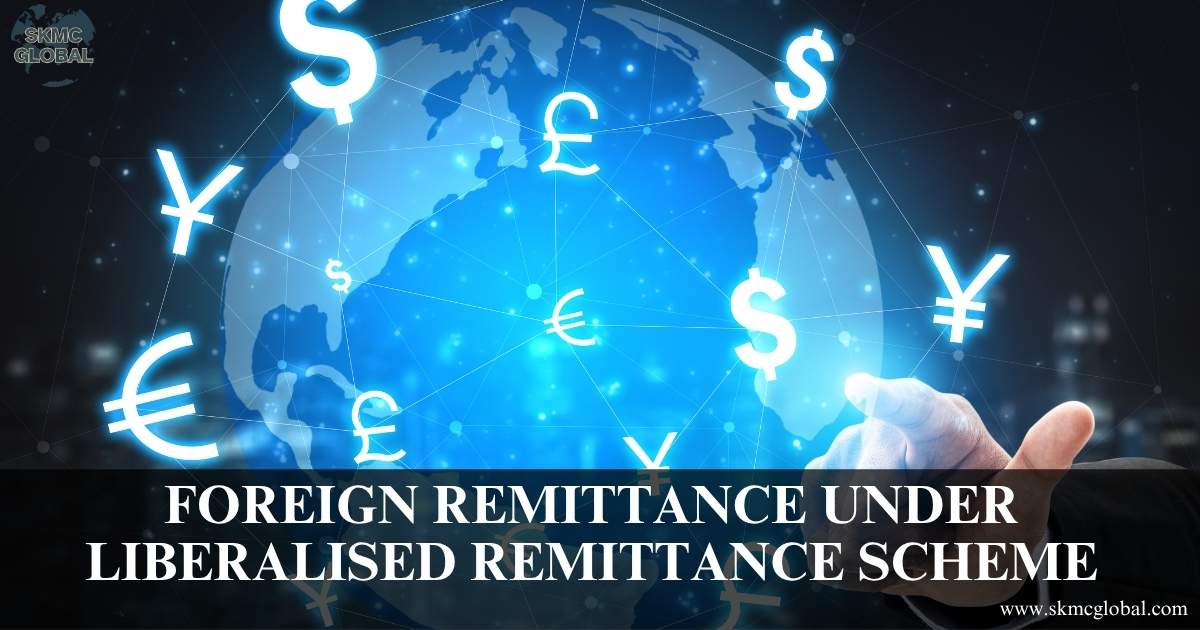 Foreign Remittance under liberalised remittance Sc...
Jul 30,2025
Foreign Remittance under liberalised remittance Sc...
Jul 30,2025
-
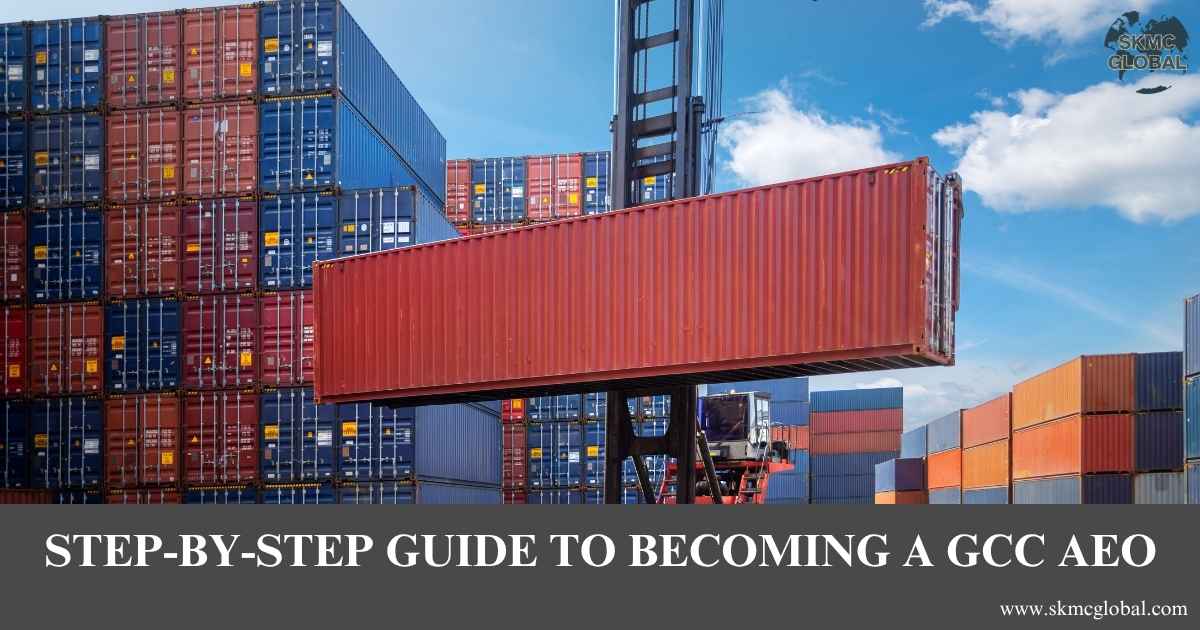 A Step-by-Step Guide to Becoming a GCC AEO...
Jul 18,2025
A Step-by-Step Guide to Becoming a GCC AEO...
Jul 18,2025
-
 Role of Mutual Recognition Agreements under AEO an...
Jul 14,2025
Role of Mutual Recognition Agreements under AEO an...
Jul 14,2025
-
 What is Anti Dumping Duty investigation and its pr...
Jul 09,2025
What is Anti Dumping Duty investigation and its pr...
Jul 09,2025
-
 Annual return requirement under RoDTEP scheme of D...
Jul 09,2025
Annual return requirement under RoDTEP scheme of D...
Jul 09,2025
-
 EPCG Registration: A Step by step Guide for Indian...
Jul 08,2025
EPCG Registration: A Step by step Guide for Indian...
Jul 08,2025
-
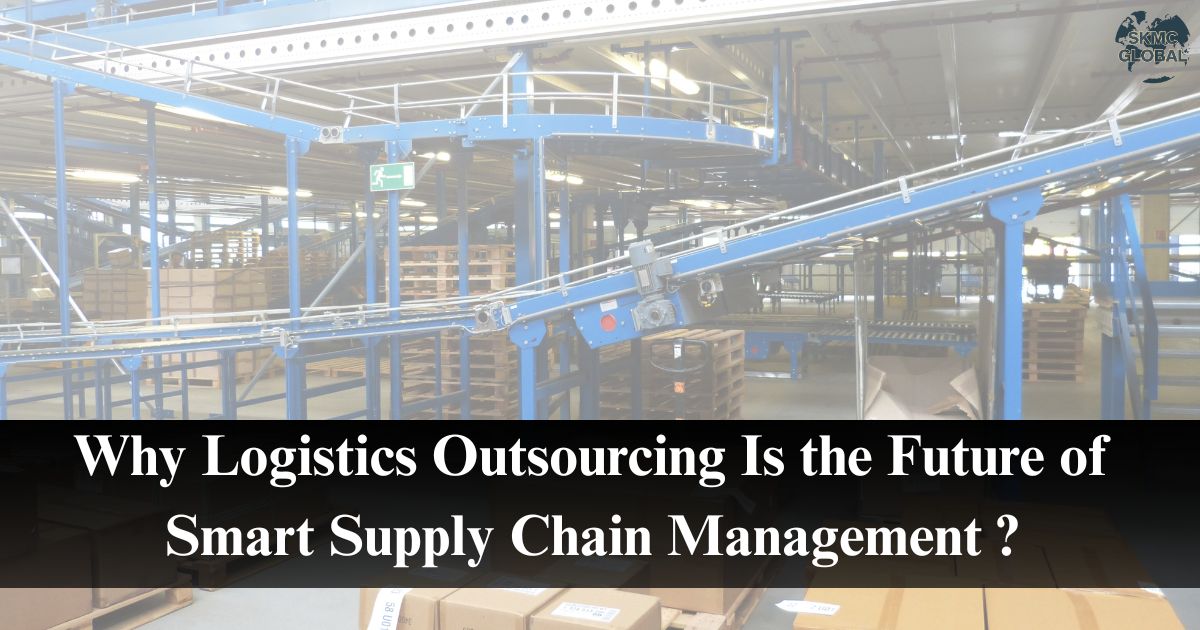 Why Logistics Outsourcing Is the Future of Smart S...
Jun 02,2025
Why Logistics Outsourcing Is the Future of Smart S...
Jun 02,2025
-
 India's Foreign Trade Agreement and Investment Tre...
May 31,2025
India's Foreign Trade Agreement and Investment Tre...
May 31,2025
-
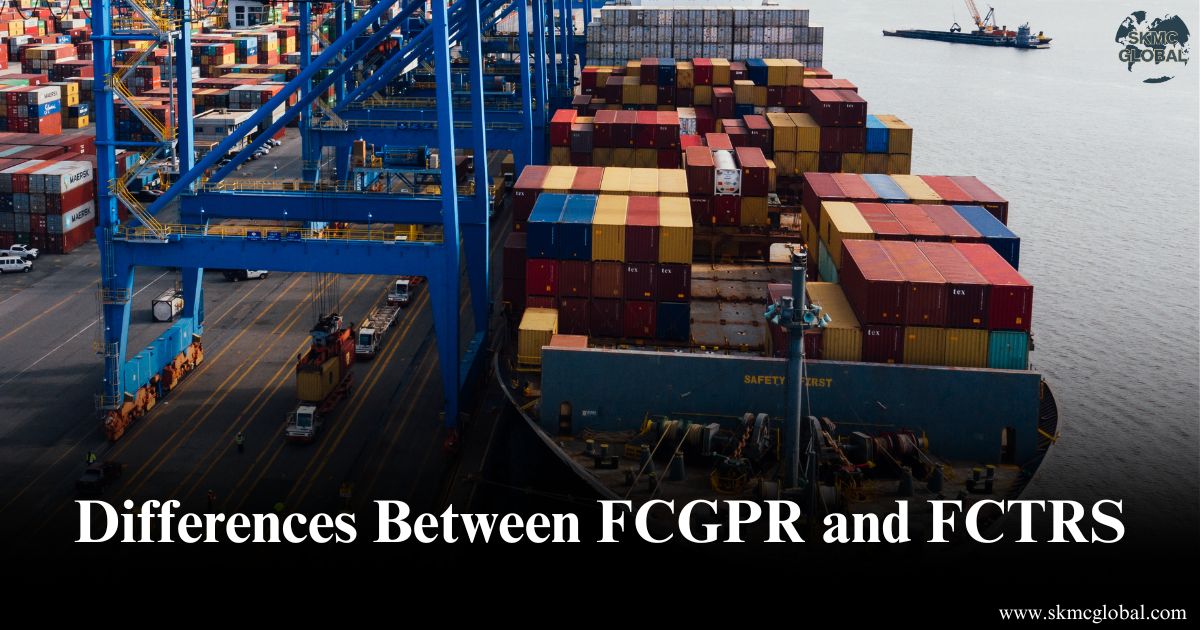 Differences Between FCGPR and FCTRS:A Comprehensiv...
May 28,2025
Differences Between FCGPR and FCTRS:A Comprehensiv...
May 28,2025
-
 Understanding FDI Norms- A Guide for Foreign Inves...
May 29,2025
Understanding FDI Norms- A Guide for Foreign Inves...
May 29,2025
-
 What you need to know about india's special econom...
May 27,2025
What you need to know about india's special econom...
May 27,2025
-
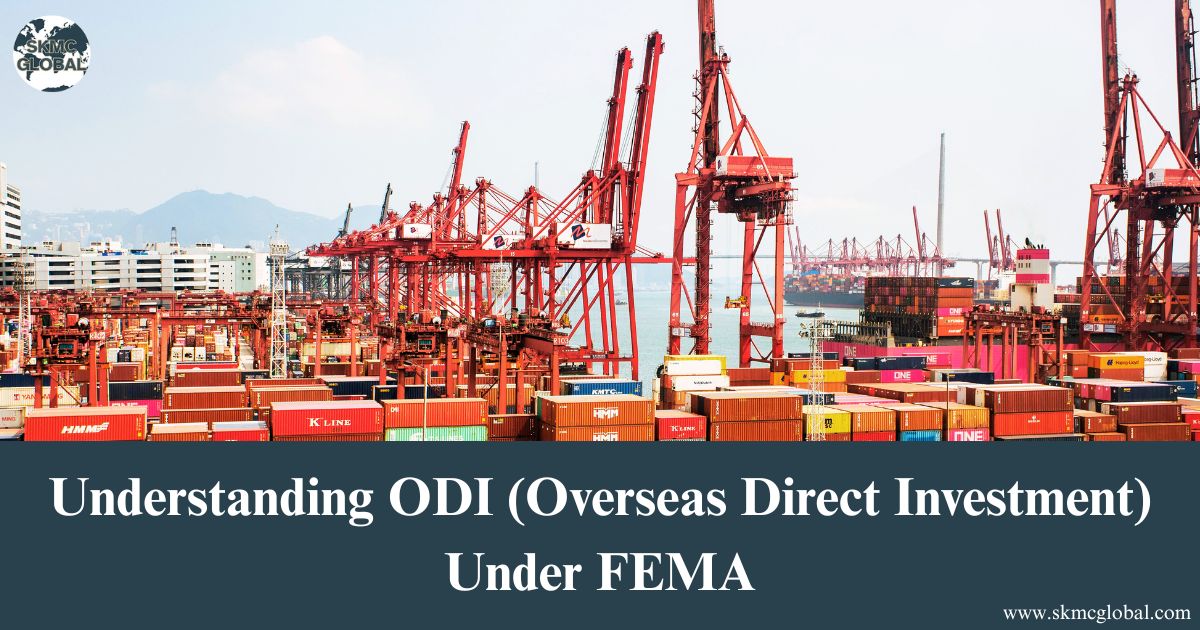 Understanding ODI (Overseas Direct Investment) Und...
May 26,2025
Understanding ODI (Overseas Direct Investment) Und...
May 26,2025
-
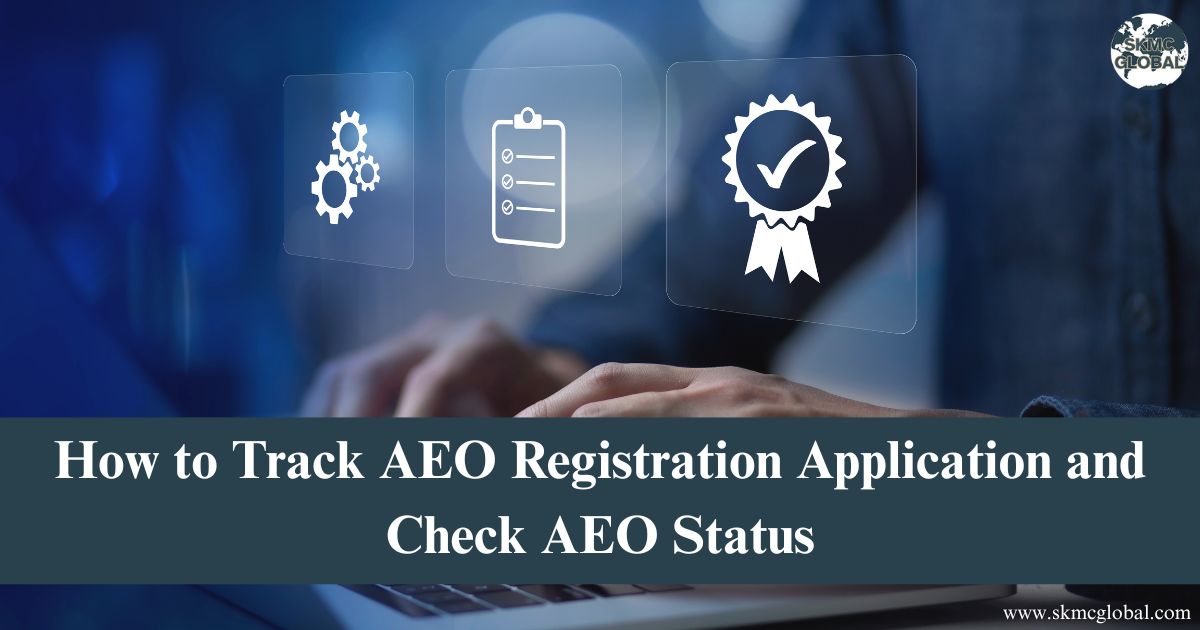 How to Track AEO Registration Application and Chec...
May 22,2025
How to Track AEO Registration Application and Chec...
May 22,2025
-
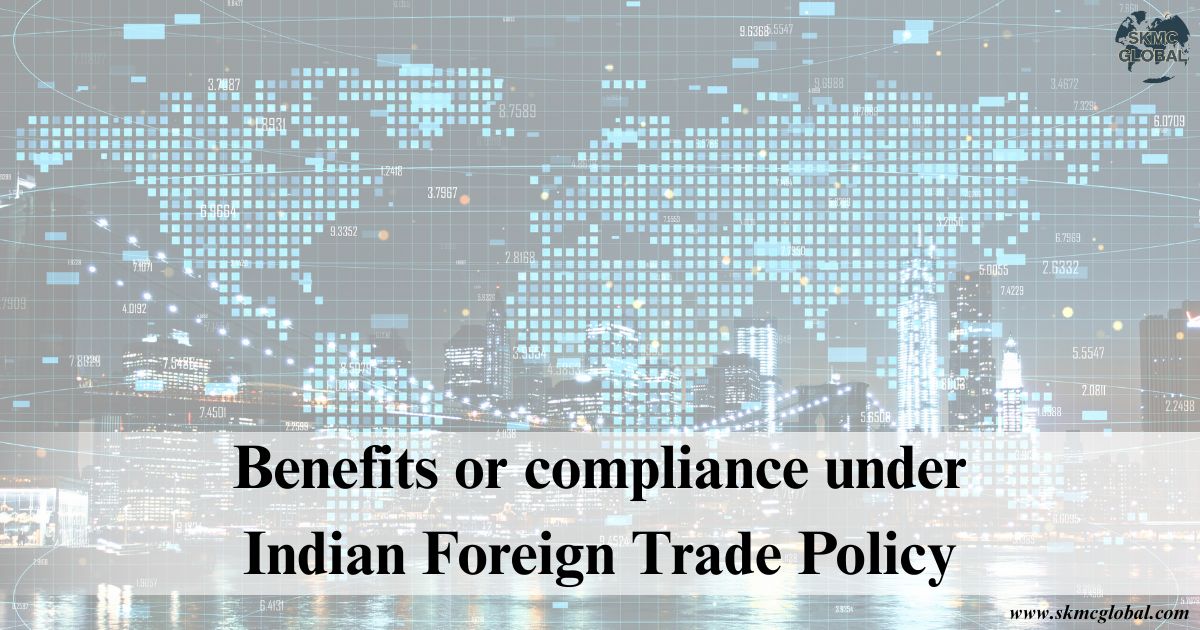 Benefits or compliance under Indian Foreign Trade ...
May 20,2025
Benefits or compliance under Indian Foreign Trade ...
May 20,2025
-
 AEO v/s Non-AEO: Key Differences and Why Your Busi...
May 19,2025
AEO v/s Non-AEO: Key Differences and Why Your Busi...
May 19,2025
-
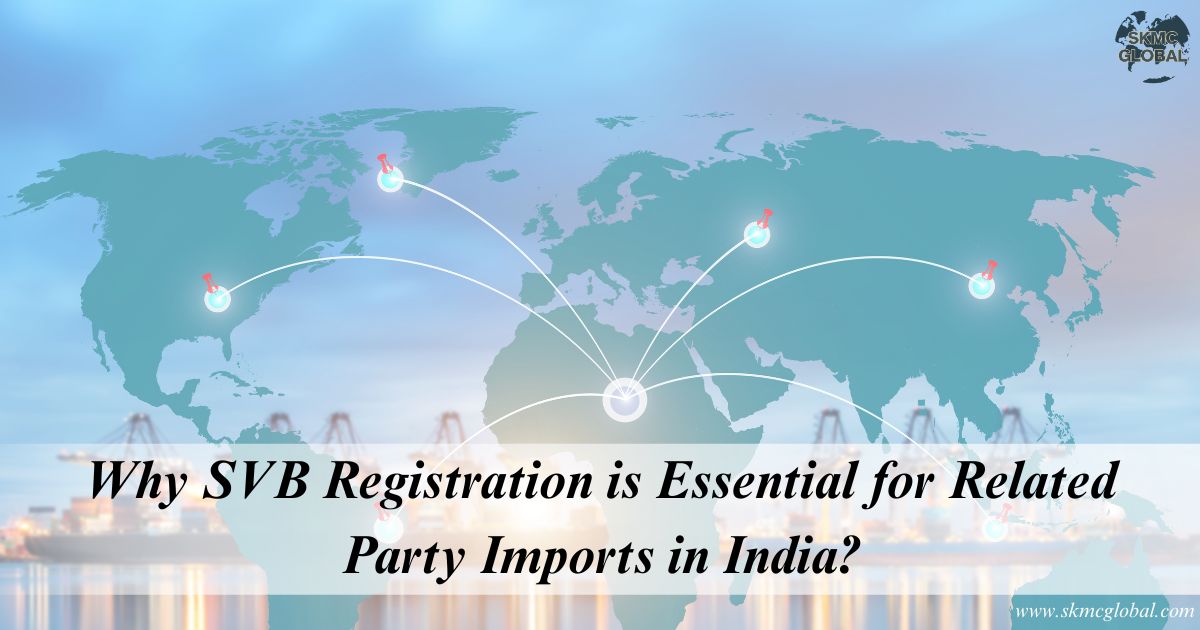 Why SVB Registration is Essential for Related Part...
May 19,2025
Why SVB Registration is Essential for Related Part...
May 19,2025
-
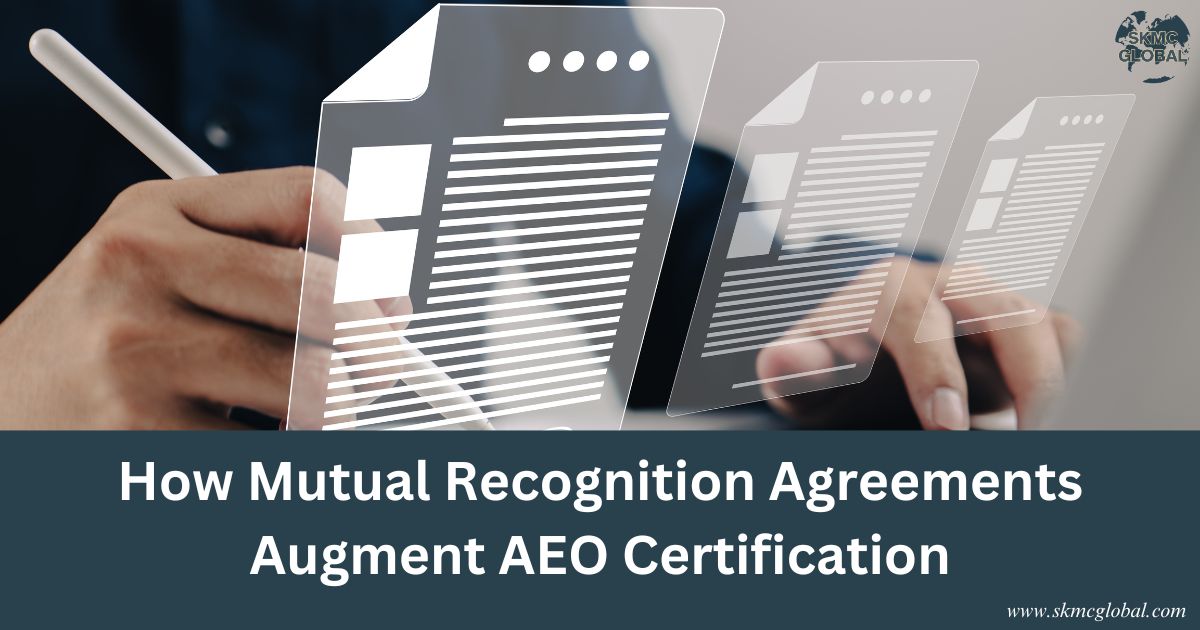 How Mutual Recognition Agreements Augment AEO Cert...
May 15,2025
How Mutual Recognition Agreements Augment AEO Cert...
May 15,2025
-
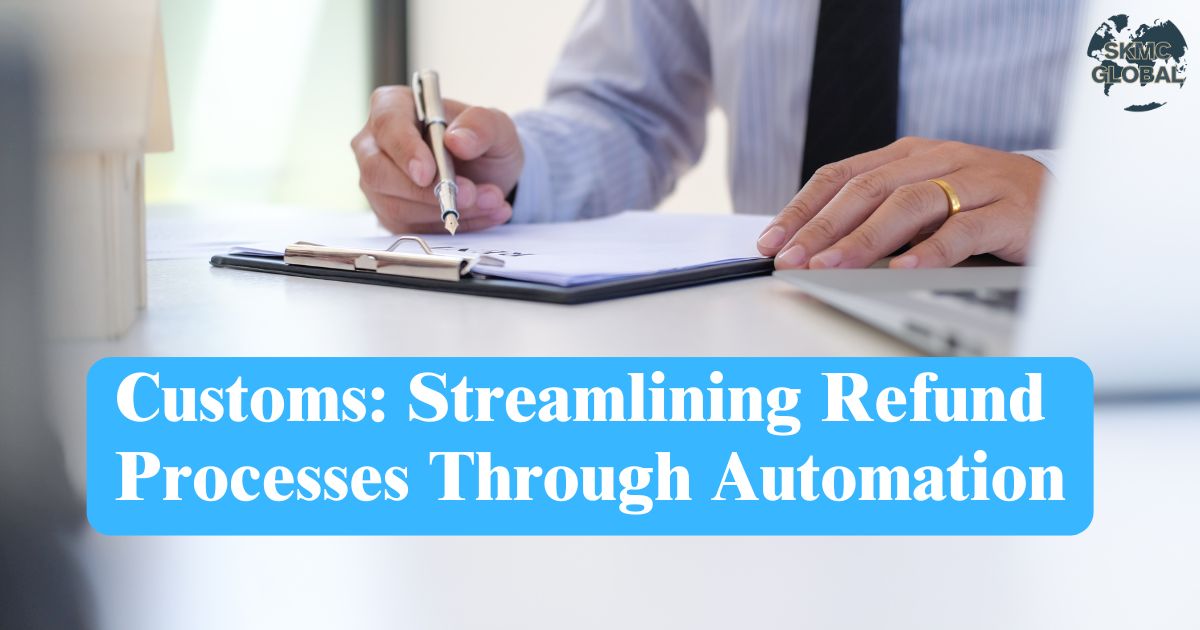 Customs Streamlining Refund Processes Through Auto...
Mar 17,2025
Customs Streamlining Refund Processes Through Auto...
Mar 17,2025
-
 Ekal Anubandh-Single Unified Multi-Purpose Electro...
Mar 06,2025
Ekal Anubandh-Single Unified Multi-Purpose Electro...
Mar 06,2025
-
 Revised guidelines on SVB assessment and its speed...
Aug 26,2021
Revised guidelines on SVB assessment and its speed...
Aug 26,2021
-
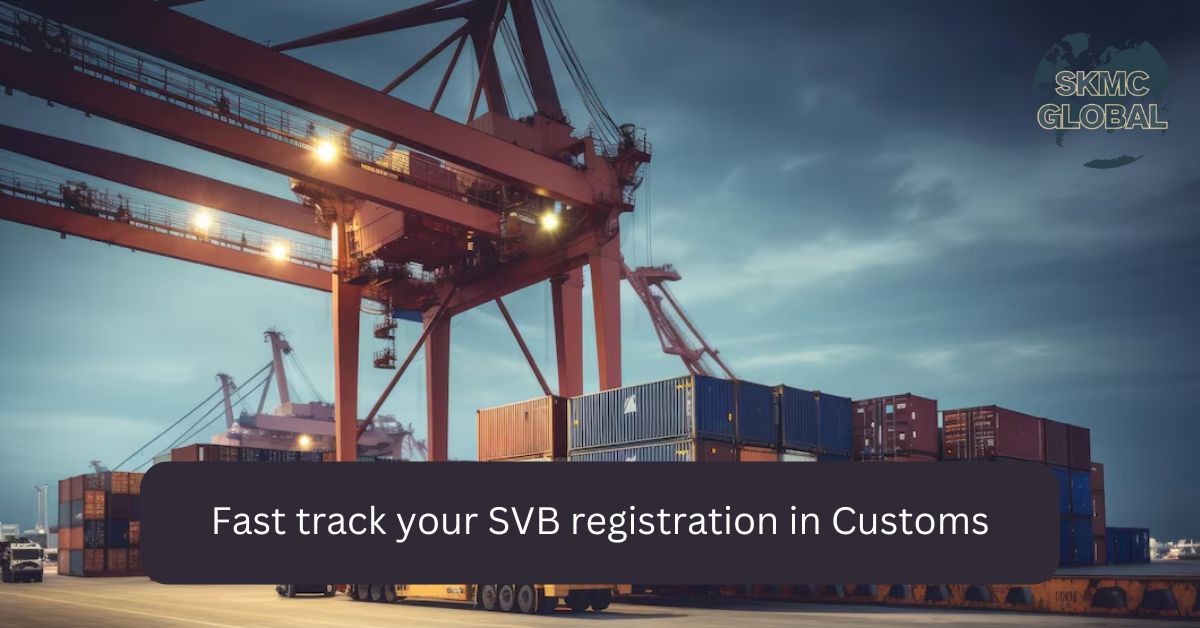 5 ways about how you can fast track your SVB regis...
Jul 21,2021
5 ways about how you can fast track your SVB regis...
Jul 21,2021
-
 AEO Registration in UAE...
Nov 16,2021
AEO Registration in UAE...
Nov 16,2021
